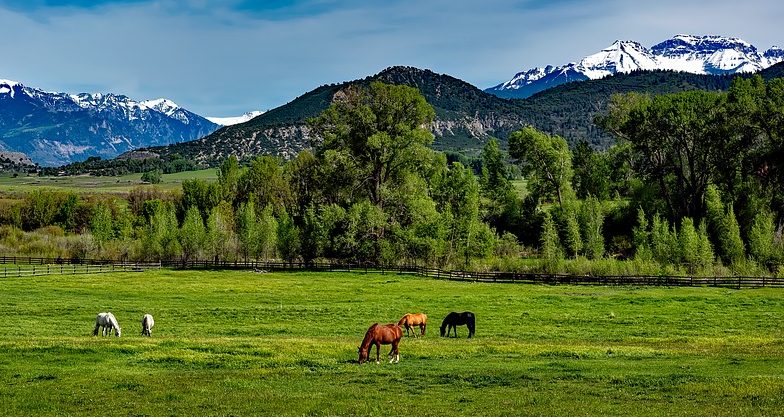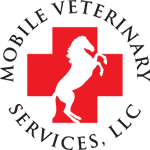 So, we now know how to recognize horses afflicted with EGUS and also the proven therapeutic methods used to treat such horses. This begs the question, how do we manage these ulcer patients? Numerous studies have shown that intense training and...
So, we now know how to recognize horses afflicted with EGUS and also the proven therapeutic methods used to treat such horses. This begs the question, how do we manage these ulcer patients? Numerous studies have shown that intense training and...
 Let’s say you’ve just indulged in a rich gourmet meal complete with red wine and a decadent chocolate dessert. An hour or so later, you’re regretting that decision as some pesky heartburn keeps you awake. Eventually you swallow some Tums©, Tagamet©,...
Let’s say you’ve just indulged in a rich gourmet meal complete with red wine and a decadent chocolate dessert. An hour or so later, you’re regretting that decision as some pesky heartburn keeps you awake. Eventually you swallow some Tums©, Tagamet©,...
 Along with spring comes vaccinations and preventative care appointments for our equine friends. We all understand the importance of preventative medicine, but it’s easy to miss things, so we’ve prepared a list of what you should be doing with your horse to make...
Along with spring comes vaccinations and preventative care appointments for our equine friends. We all understand the importance of preventative medicine, but it’s easy to miss things, so we’ve prepared a list of what you should be doing with your horse to make...
 When feeding your senior horse, there are several important factors to keep in mind that can change their dietary requirements. Dental Condition Number one is the status of your horse’s teeth. You may have heard the term “expired” teeth when your veterinarian is...
When feeding your senior horse, there are several important factors to keep in mind that can change their dietary requirements. Dental Condition Number one is the status of your horse’s teeth. You may have heard the term “expired” teeth when your veterinarian is...
 Possibly the most significant threat to the health and longevity of donkeys in the US is obesity. We love our long-eared friends and sometimes we dote on them too much with delicious, high-quality treats that donkeys are not equipped to metabolize. My donkey’s fat?...
Possibly the most significant threat to the health and longevity of donkeys in the US is obesity. We love our long-eared friends and sometimes we dote on them too much with delicious, high-quality treats that donkeys are not equipped to metabolize. My donkey’s fat?...








